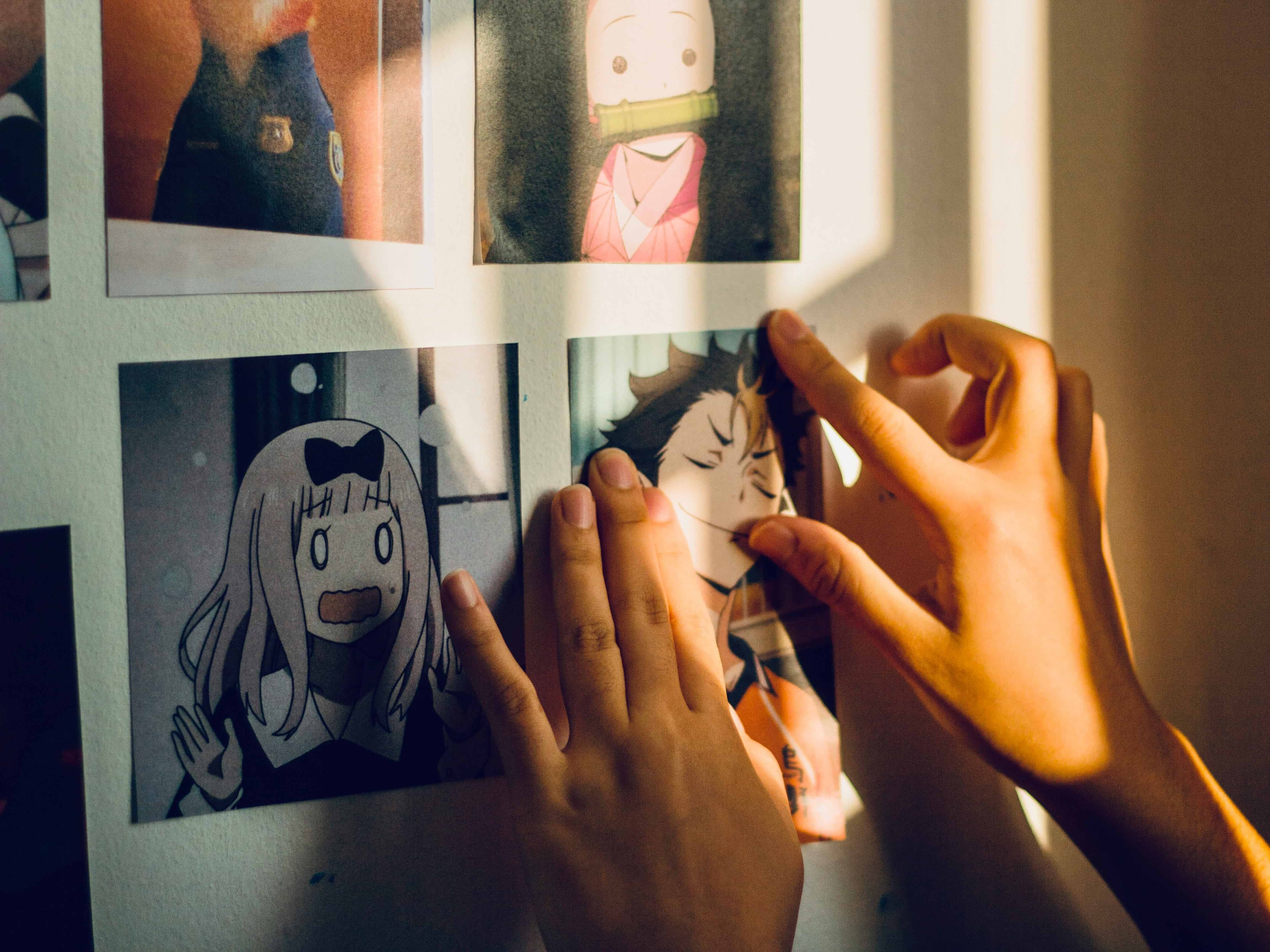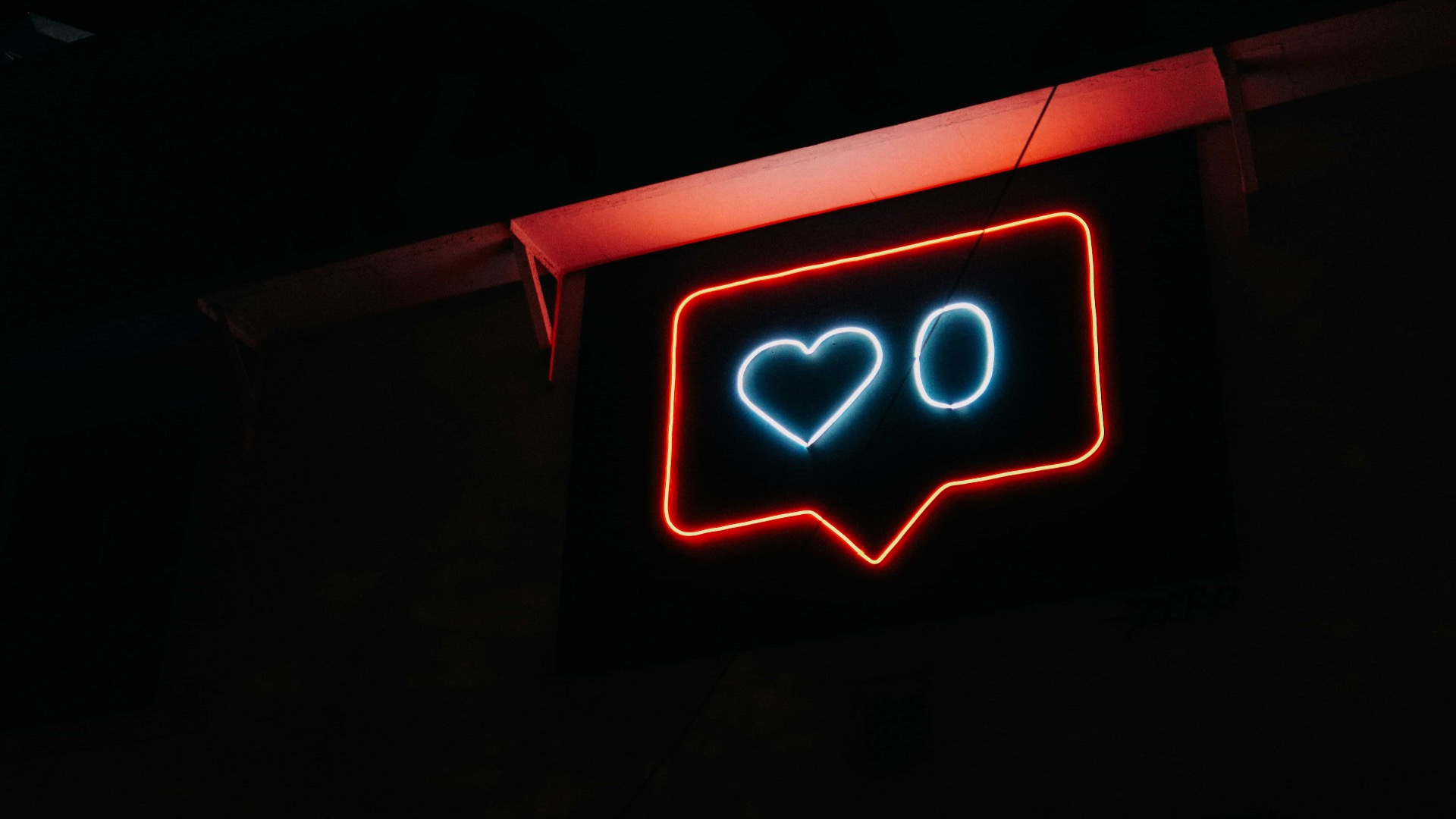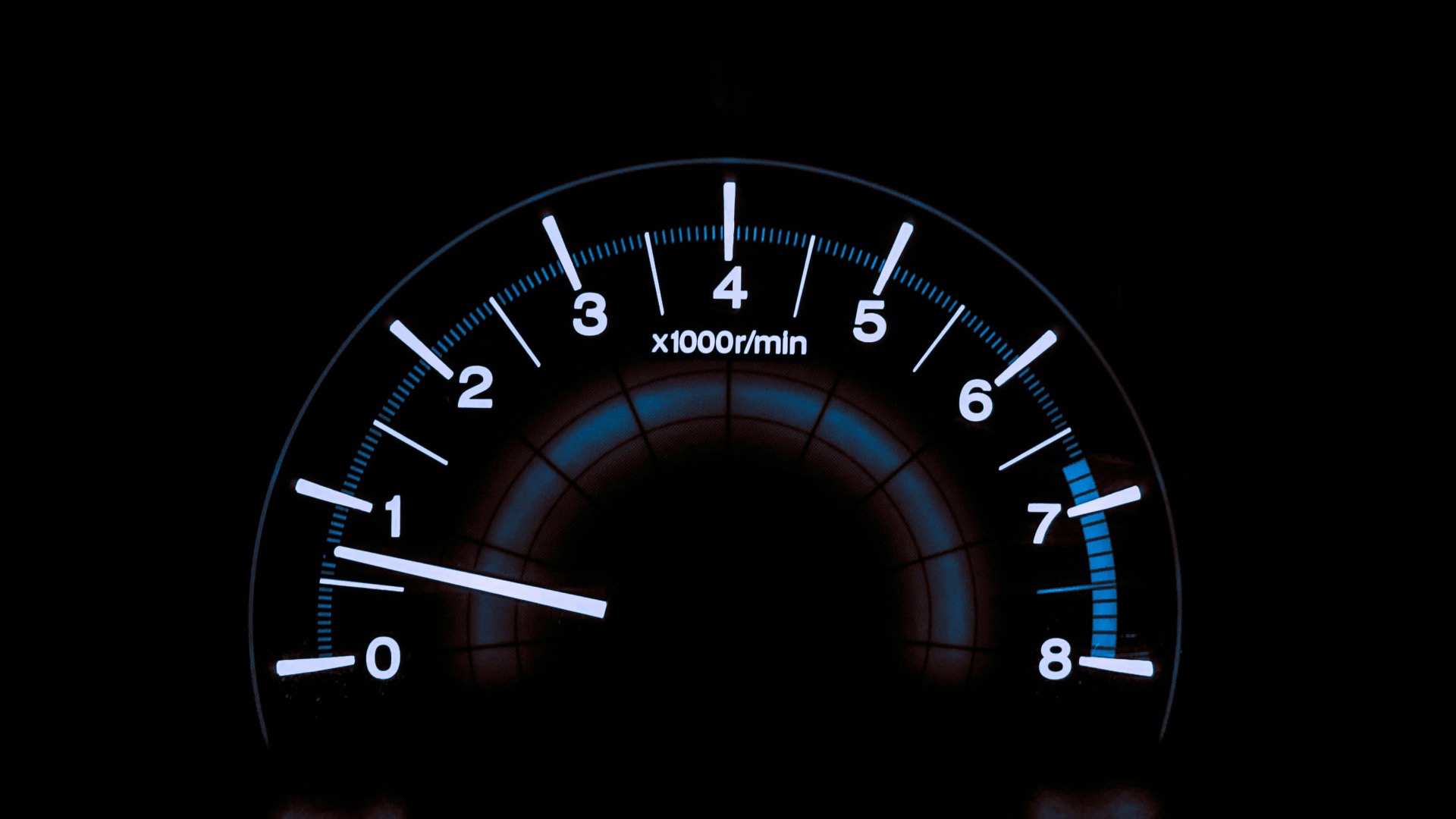Cartoons are more than just entertainment; they shape how we perceive the world, especially as children. From movies to TV shows, animated characters are often drawn to reflect specific traits that make it easy to tell who’s good and who’s bad. But what exactly in their facial features leads us to think of some as heroes and others as villains? A new study dives into this question, focusing on the skeletal facial profiles of popular cartoon characters and how they influence perceptions of personality and morality.
Connecting Faces and Traits
The study analyzed 91 humanoid characters from 50 top-rated animated family movies released since 2000. These characters were divided into categories - male or female, protagonist (hero) or antagonist (villain) - to explore whether specific facial profiles correlated with how the characters were perceived. Researchers classified these profiles into three skeletal categories based on the jaw's positioning: Class I (balanced), Class II (receding), and Class III (prominent).
Their findings revealed clear patterns. Female protagonists were mostly depicted with balanced Class I or slightly receding Class II profiles, aligning with societal norms for attractiveness and approachability. In contrast, female antagonists often had the more angular, prominent Class III profiles, which are associated with harsher, less traditionally feminine traits. For male characters, Class III profiles showed a dual nature, often representing strength in heroes but aggression in villains.
A Formula for Good and Evil
Animators have long relied on facial features to communicate character traits visually. For example, a softer jawline and symmetrical face are typically used to evoke trustworthiness and kindness, traits essential for protagonists. On the other hand, exaggerated or "sharp" features - such as a pronounced chin or angular jaw - can create an impression of dominance or menace, fitting for villains. These visual cues are not just artistic choices but psychological shortcuts that help audiences instantly identify a character’s role in the story.
Interestingly, the study found that male protagonists were more likely than females to be portrayed with a strong Class III profile. This reflects societal perceptions that associate strength and assertiveness with masculinity, making such features appealing in heroic male characters. Female characters, however, are rarely shown with these traits, as they deviate from conventional beauty standards.
Why It Matters
These patterns in character design do more than entertain; they influence how audiences, especially children, perceive real people. If heroes are always beautiful and villains are always visually exaggerated or unattractive, these associations can reinforce stereotypes about appearance and morality. For instance, children may unconsciously associate certain facial features with good or bad personality traits, potentially affecting how they view themselves and others.
By identifying these trends, the study highlights the subtle but powerful role media plays in shaping perceptions. It also raises questions about whether such portrayals should evolve to better reflect diversity and reduce reliance on outdated stereotypes.
Looking to the Future of Character Design
As animation continues to evolve, there’s an opportunity to move beyond traditional character tropes. Modern films and shows are increasingly challenging norms, portraying heroes and villains with more nuanced and diverse appearances. This shift not only creates richer storytelling but also helps audiences break free from superficial judgments based on appearance.
By understanding how facial features shape perceptions, animators and storytellers can craft characters that inspire without perpetuating harmful stereotypes. The next generation of viewers might grow up seeing a wider range of faces as heroic - and that could make a real difference in how we view one another in the real world.


